The dark craft of crystallisation is an essential skill on kilogram scale
In graduate school organic chemistry, it can feel strange to run a reaction in a 500ml flask, and filling a 2 litre flask seems like a trip to a land of giants. Crystallisation is often nothing more than an interesting oddity – brushed off when you really need to confirm a structure, for example.
But when I began working in an industrial preparatory laboratory, I quickly got used to the idea of a 12 or even 20 litre flask in my hood. Crystallisation then became a routine tool of purification, and a necessary craft that I needed to master.
In theory it’s terribly simple: you take your crude mixture, dissolve it in a solvent in which the compound is soluble when hot and insoluble when cool. As the hot, concentrated solution cools, the compound comes out of solution, forming a regular lattice that will select the desired molecule and reject impurities.
The slower the crystallisation takes place, the larger and more uniform the crystals will be
In reality it’s not so straightforward. First you need to find a solvent in which the compound has a suitable ‘solubility curve’ (relating solubility to concentration and temperature). And then there’s the process itself: as solutions are cooled or made more concentrated, the first tiny crystals begin to nucleate. Cool too fast or raise the concentration too much and you risk ‘oiling out’ (where the compound comes out of solution as a sticky oil, rather than nice crystals). But if you pick the right solvent and lower the temperature of your saturated solution in a careful, controlled manner, you can encourage pure crystals to grow, and keep impurities in the mother liquor.
And of course, sometimes cooling or concentration doesn’t work. Luckily, there are alternatives. Adding small amounts of an antisolvent (in which the compound is insoluble) can force crystallisation. If you do it too quickly, though, you may precipitate crystals too quickly, with impurity-laden mother liquor embedded within.
One amazing aspect of crystallisation is our ability to control the overall size of the crystals. The slower the crystallisation takes place, the larger and more uniform the crystals will be. ‘Ostwald ripening’ can also help avoid crystals ending up too small and blocking filters. The partially crystallised slurry is repeatedly heated and cooled slightly, such that smaller crystals will re-dissolve and larger crystals will grow.
While controlled crystallisation is a boon, in the wrong places it can cause serious problems. ‘Beards’ can grow on the walls or baffles inside the reactor, or foul up temperature probes and other odd surfaces. Often, this happens because these interfaces are a different temperature to the solution.
A certain amount of crystallisation on the reactor walls is inevitable. In a 12 or even 72 litre reactor, you could (if you really wanted) reach in with a spatula or (if it is safe) a hand and knock the accumulated crystals off – especially when every last crystal is worth time and money (heaven forfend that there’s 14.5kg on the filter to make a 15kg order!). But when 10% of the overall yield is encrusted on the inside of a 1000 litre reactor, that’s bad news. You could try to add more solvent to dissolve some of it off, or you could try to heat up the mother liquor and slosh it around. In the end it’s usually best to find another solvent that will avoid this unfortunate situation.
What do you do when you have your slurry of beautiful crystals? It’s time to send the slurry through the bottom valve to the centrifuge. Ideally, as the reactor empties itself, you can watch the weight of the centrifuge climb and climb, as your slurry is filtered. If you feel the need to be extra careful about purity specifications, you can rinse away any of the impurity-laden mother liquor with a bit more solvent. And when the centrifuge stops spinning, you can reach in and grab a handful of beautiful, crystalline solid compound.


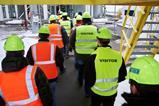
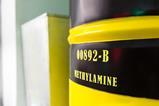

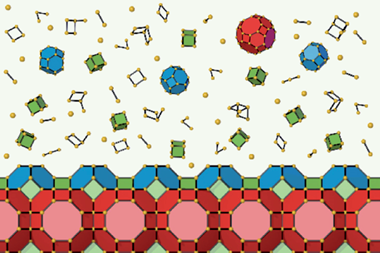
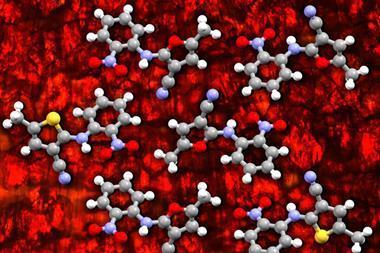

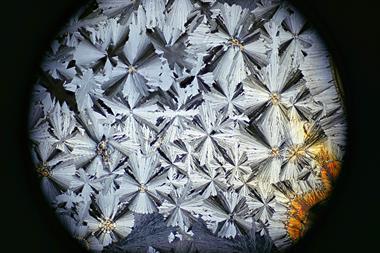








No comments yet